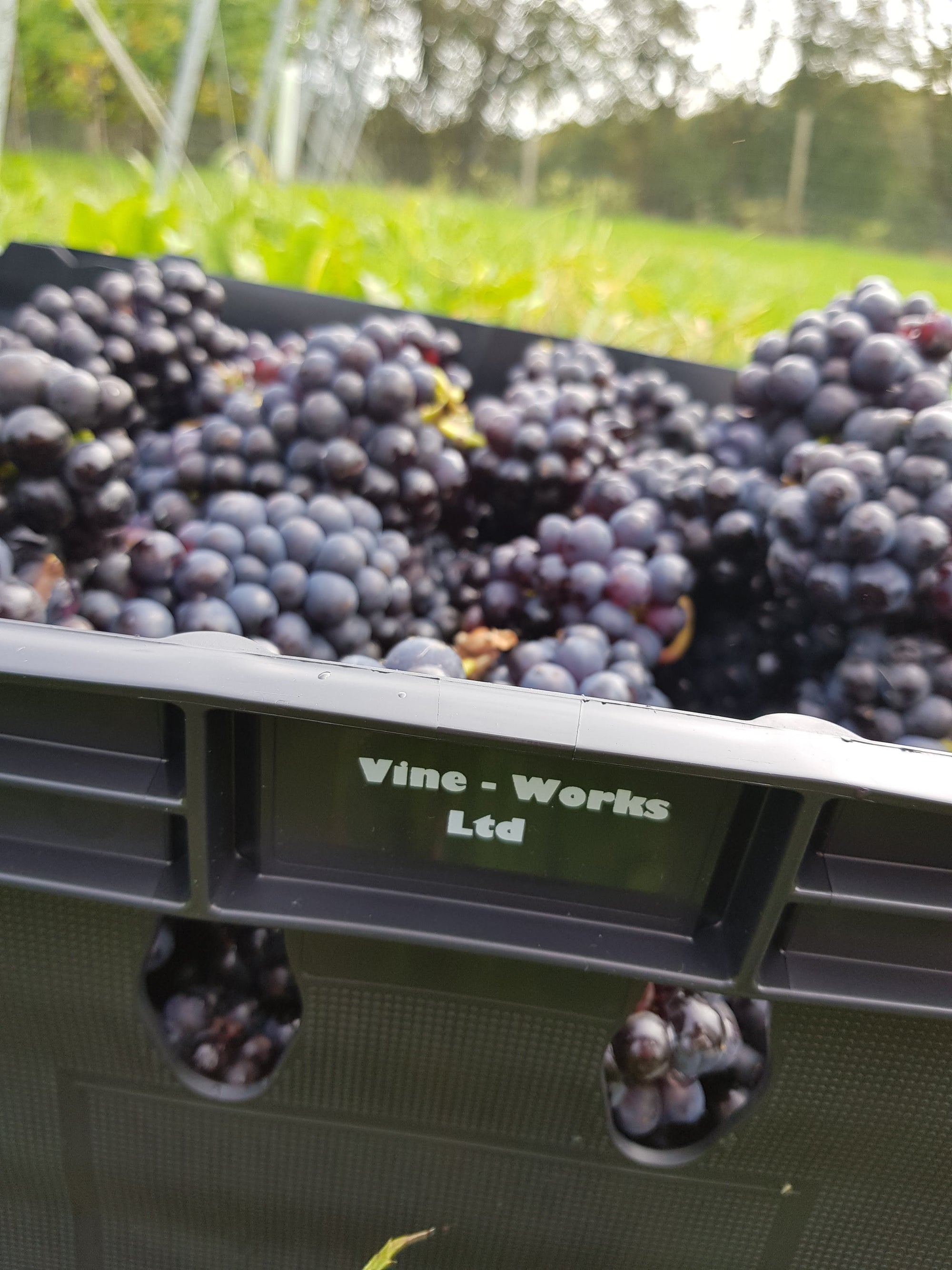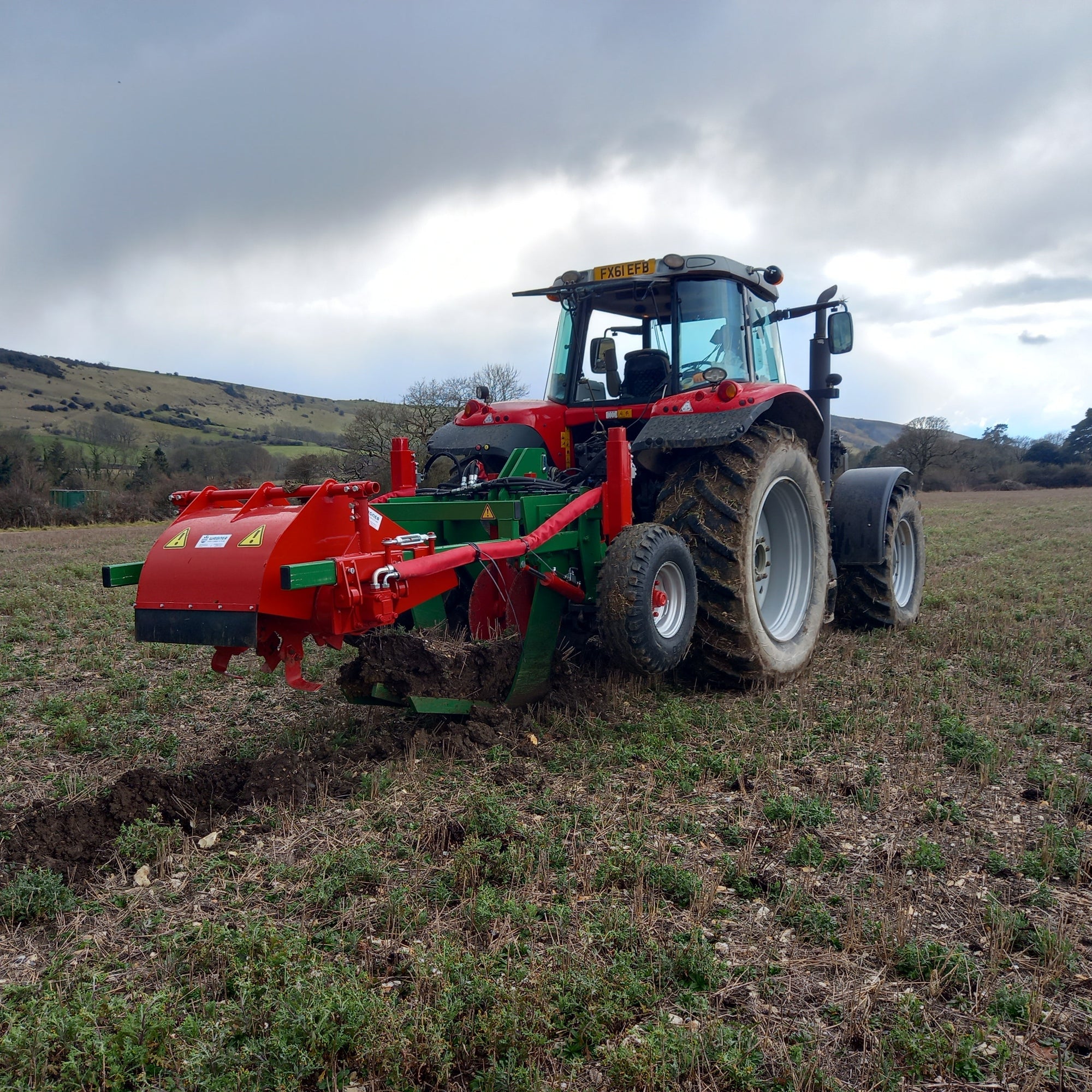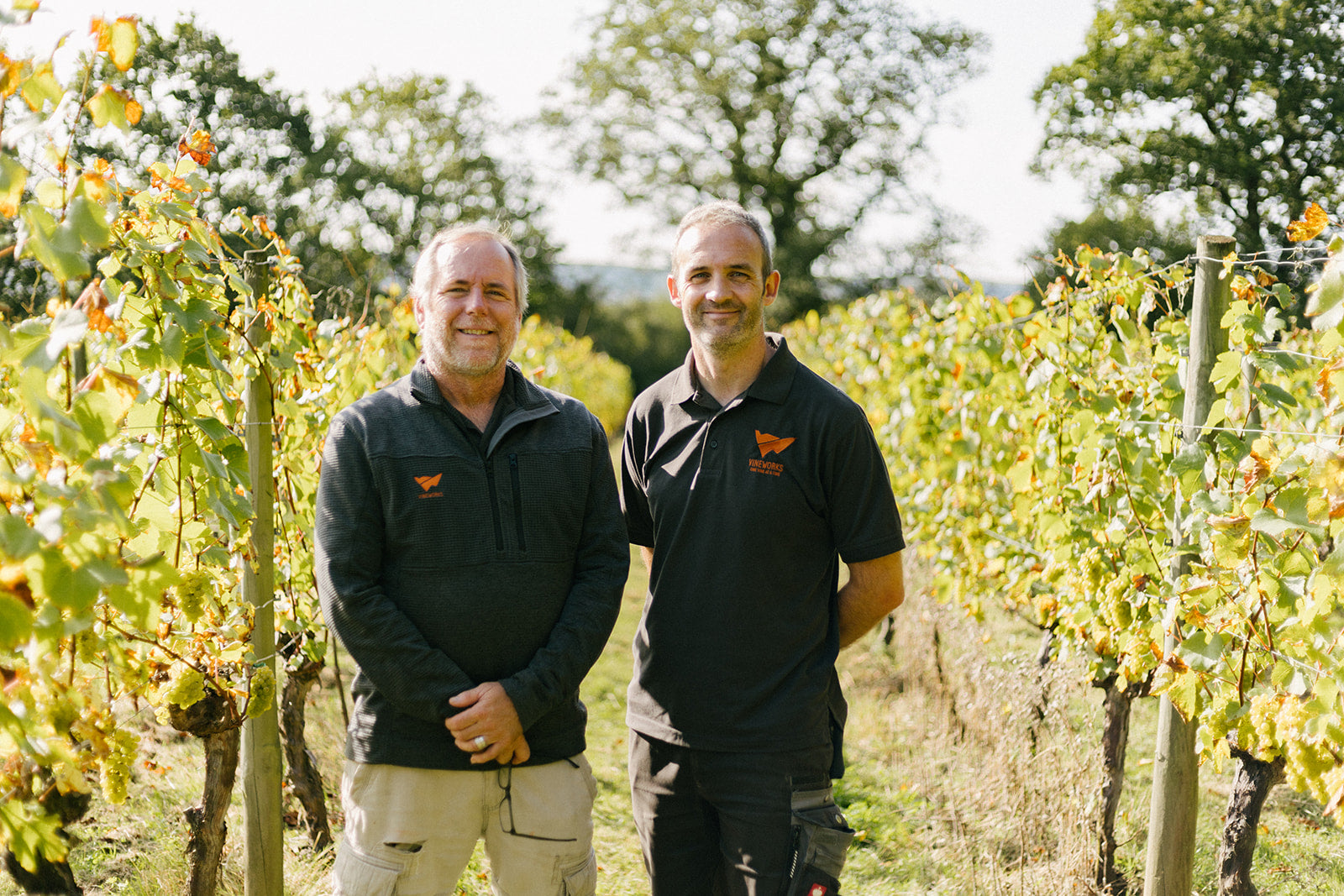

NOW IS THE TIME TO CALCULATE YOUR YIELD ESTIMATES
Understanding your yield estimates is the first step to planning your harvest. The sooner you can have an idea of numbers, the better!
The first opportunity to gauge your potential crop load presents itself before flowering inflorescences can be counted and you can have your first yield prediction to present to your winemaker in early June! Obviously, this prediction will be based on a series of assumptions – bunch weights, percentage losses and flowering success.
The beauty of making a yield prediction at this time means that once you have done bunch counts post fruit-set, the flowering success can be quantified. As we know, the outcome of flowering is often dictated by the weather, but a low flowering success rate in a year in which the weather during flowering was optimal would suggest nutritional deficiencies which need attention.
You may have likely missed this opportunity by now as many vineyards burst into flower many weeks earlier than expected – bring on an early harvest! Once flowering is through and the fruit has set it is time to start making some more accurate predictions.
To carry out an accurate count of the bunches on a vine you will need to remove leaf in the fruiting zone to make sure that you are not missing any bunches. For this reason, it is quicker to make the counts once you have carried out your leaf stripping across the vineyard. However, it is important to get this count in ASAP as you may find that you are sitting on a large crop that might not ripen in time. In this instance you will need to make arrangements to thin out the fruit to the desired cropping level, this is quite a slow task but it’s worth doing to achieve a quality crop. Often this task is carried out too close to harvest at the point when it becomes clear that there is a lot of green fruit that will not get over the line before the end of October, try to pre-empt this and go in early so vines are not wasting valuable energy on fruit that will not be harvested. Obviously more fruit equals more revenue so this can be a painful call to make.
It’s crucial that sampled vines are selected at random, as humans, our brains are wired to select the most fruitful plants – a useful evolutionary trait for a hunter-gatherer but not so much for a random sampler! For a truly random sample it’s best that the sample vines are pre-determined before entering the vineyard. If samples are to be selected at the discretion of the sampler, it’s important that any bias is removed. For example, whichever sample is chosen “at random” you could then move a set number of vines/bays along the row to ensure that it is random. Clearly samples need to be evenly distributed across the vineyard, a grid pattern is the best way to achieve this. The number of sample vines that are required depends on a few factors – how accurate the estimate needs to be, how much time can be spent counting bunches and how varied the crop load is across the site. Unfortunately, the late frosts this season has made for a lot of variation across affected sites which will make yield estimates challenging.
Essentially, the goal is to find out the average number of bunches per vine, by multiplying this number by the total number of vines and your expected bunch weight you will have an estimation of the total tonnage. You can also calculate the percentage error of the sample, this will give you an idea of how accurate your estimate is likely to be – less than 10% error is desirable but not always possible, if the percentage error is not within tolerable levels then you may want to increase your sample size.
Ultimately, accurate yield estimates are necessary to allow for harvest planning in the vineyard and in the winery. Through our Vineyard Management and Technical Scouting service we use Sectormentor to collect data across a variety of vineyard sites, this database enables convenient collection of data via the app and negates the need for numerous Excel spreadsheets. Happy counting.



